Eight-Car Trains on Metro is Equivalent to Widening I-66 in Arlington by Two Lanes
Adding two extra cars to a six-car Metrorail train might not seem like much, but it is equivalent to widening I-66 through Arlington by two lanes. Plus, it’d likely be cheaper and faster for commuters, too.
Sometimes it’s hard to wrap one’s head around how just many people Metrorail can move. But where Metrorail operates in heavily congested corridors, seemingly small improvements can yield big results. In fact, matching the capacity of all eight-car trains system-wide would require 16-18 lanes of freeway into downtown, each way.

To match the capacity of eight-car trains on Metro, we’d have to widen I-66 in Arlington by at least two lanes. (Photo by wfyurasko, click for original)
In Arlington for instance, going to eight-car trains on the Orange Line as part of Metro 2025 is like widening I-66 by two lanes. Let’s do the math:
- One lane of highway can move around 2,200 cars per hour, at its theoretical maximum.
- Today, every morning Metrorail runs about 18 trains per hour eastbound on the Orange Line through Arlington, and about a third are scheduled eight-car trains. That’s a train every three minutes, and equates to around 121 rail cars per hour, or 12,060 passengers per hour.
- By 2025 with eight-car trains, Metrorail will be able to run 21, eight-car trains per hour eastbound on the combined Orange and Silver Lines, which equates to 168 cars per hour.
- This means Metro 2025 will bring the line’s capacity to 16,800 riders per hour, or an increase of 4,740 passengers per hour.
- To accommodate 4,740 more people on I-66 at 2,200 cars per hour, 2 people per car, we’d need 4,740 / 2 / 2,200 = 1.1 highway lanes in each direction.
That means we’d need at least two new lanes on I-66 to match the capacity of Metro 2025. In addition, eight-car trains would be cheaper, and would likely move people faster through the corridor.
- Eight-car trains on Metro would be over two times cheaper: the estimated cost to widen I-66 works out to about $3.50 per rush-hour trip over the life of the project, whereas Metro 2025 would be about $1.50.
- Metrorail would likely move travelers faster than I-66 in the end. Orange Line trains today normally run at around 35 miles per hour, while congested travel speeds on I-66 average around 18 miles per hour. While new highway lanes might move cars faster at first, the improvements would eventually be eroded by growing congestion.

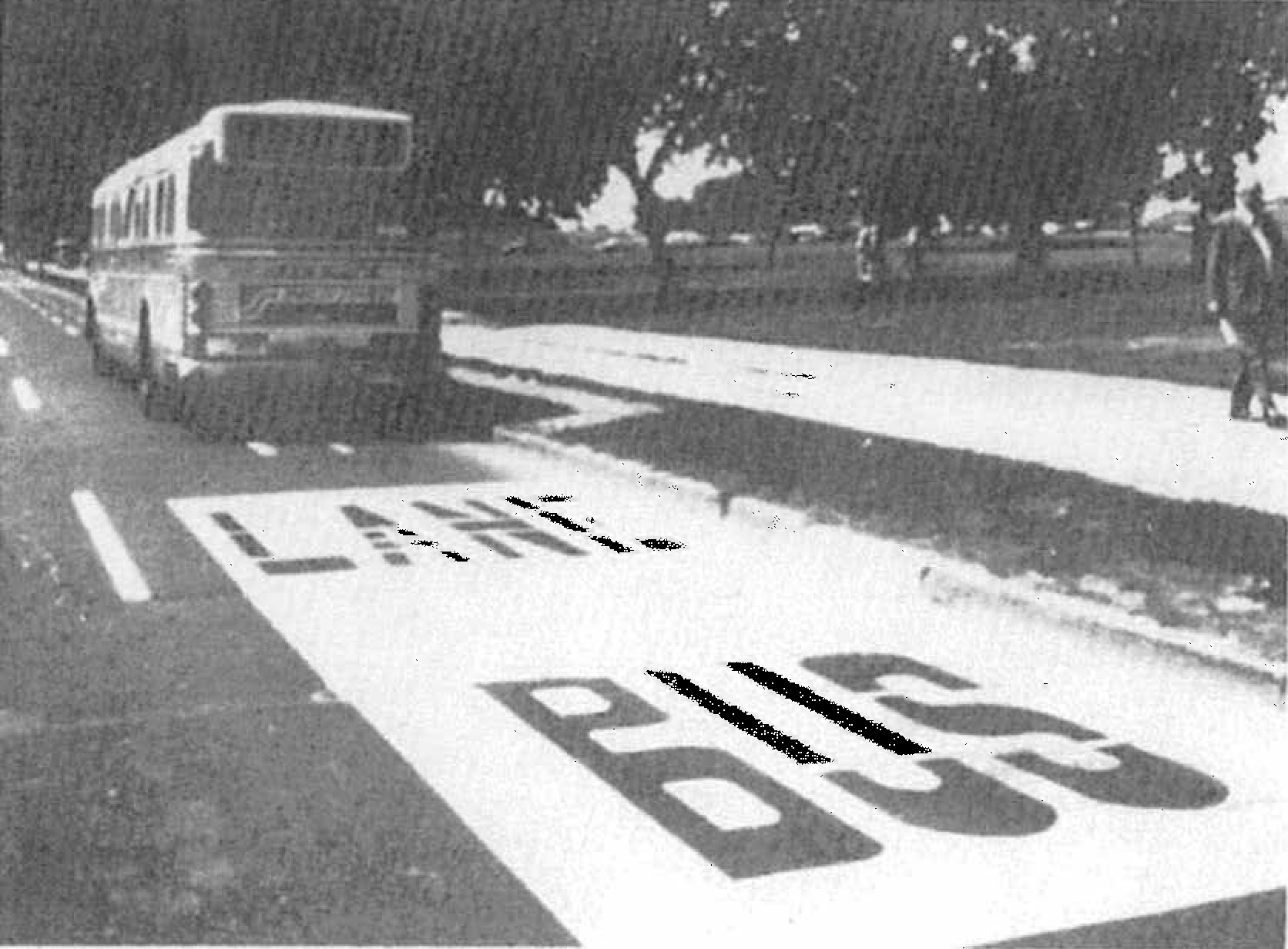
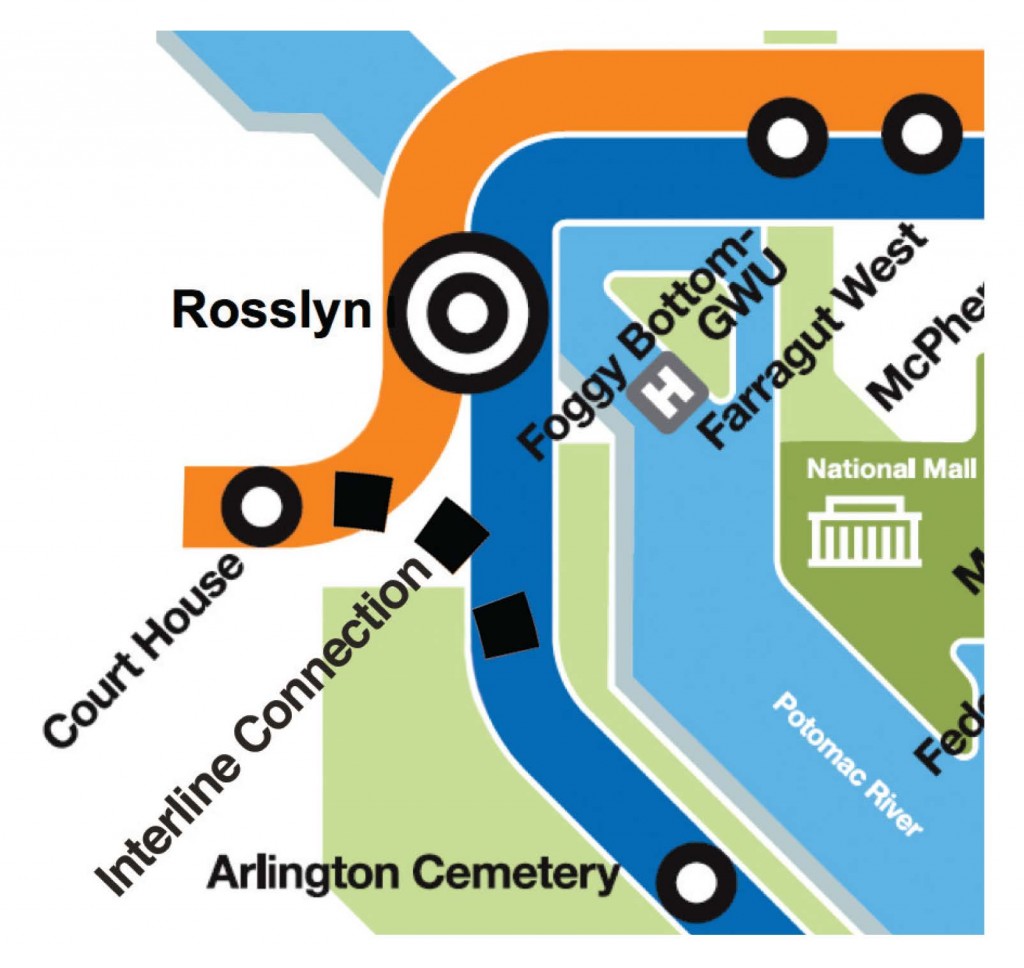
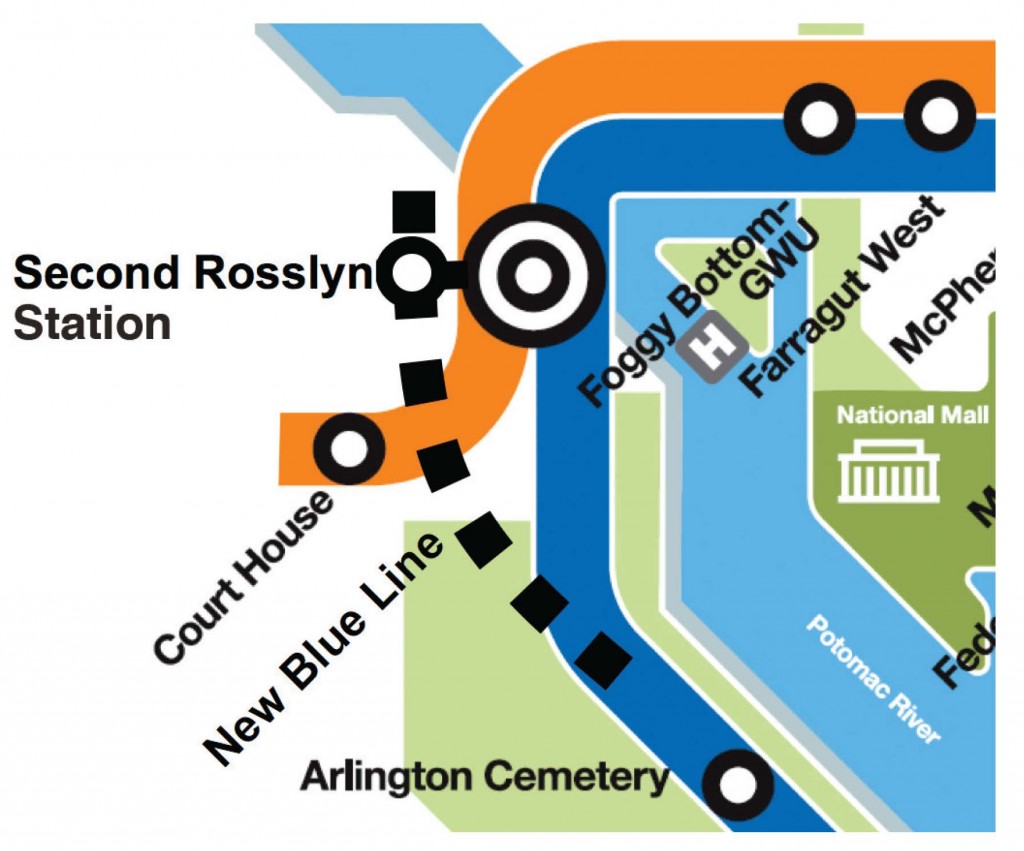
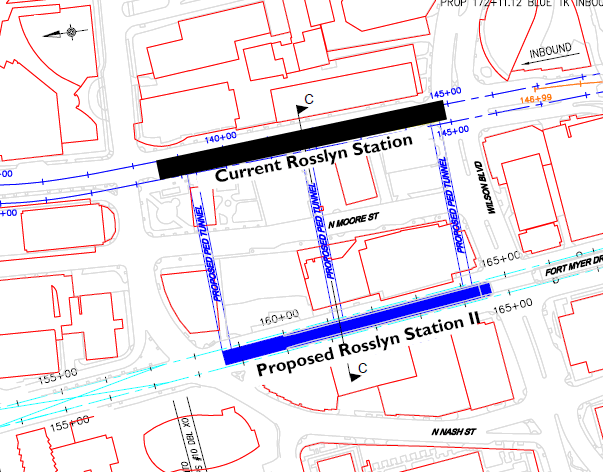
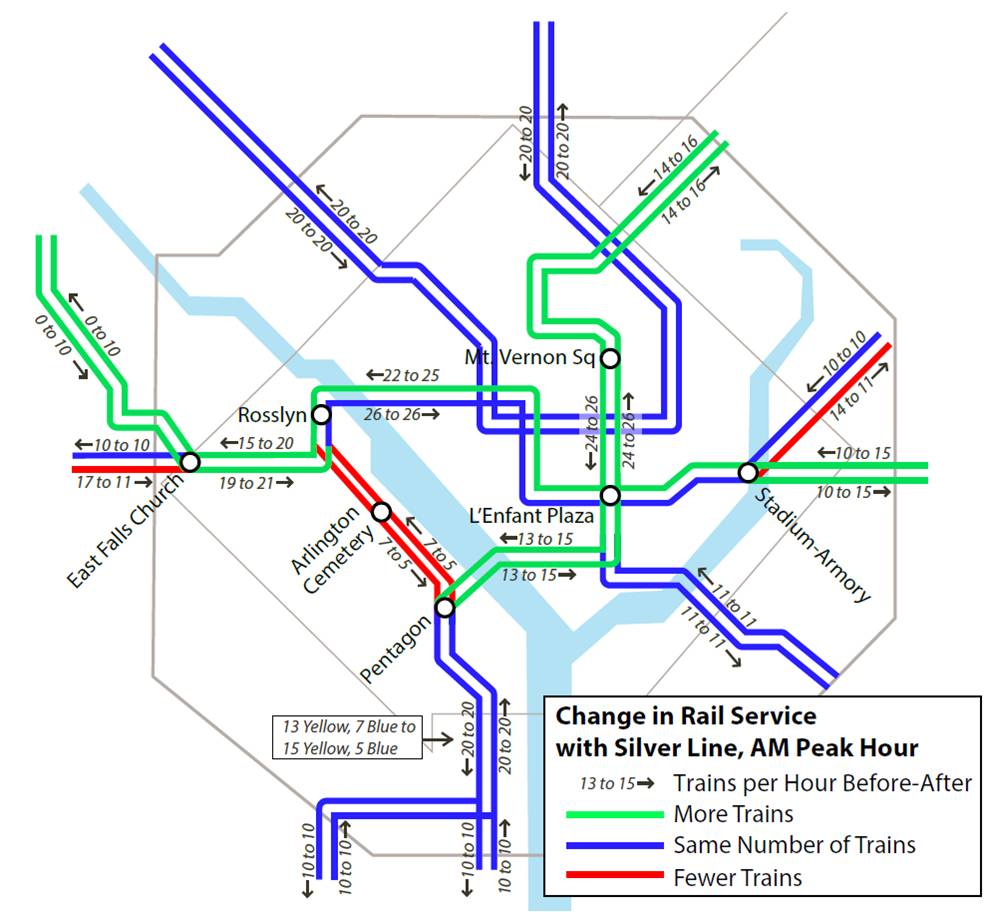
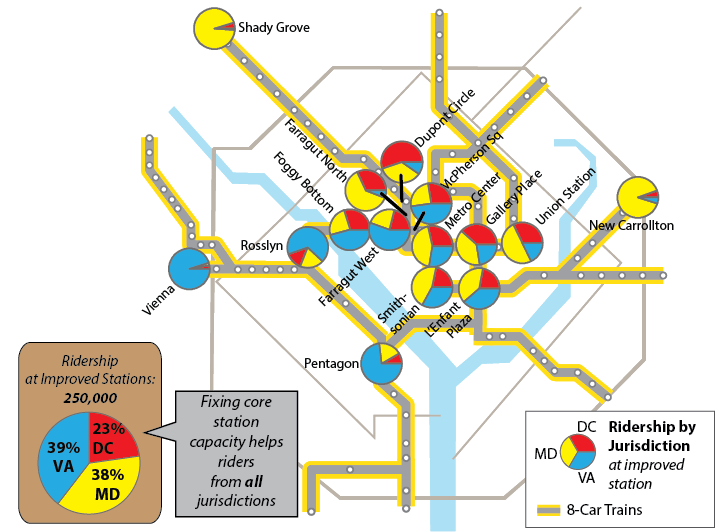
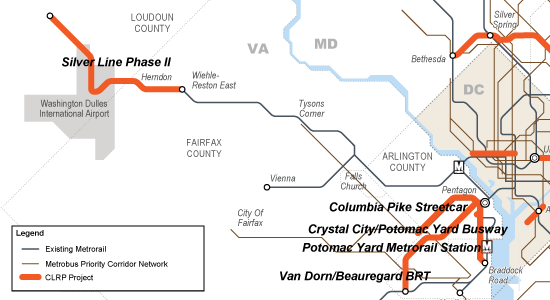
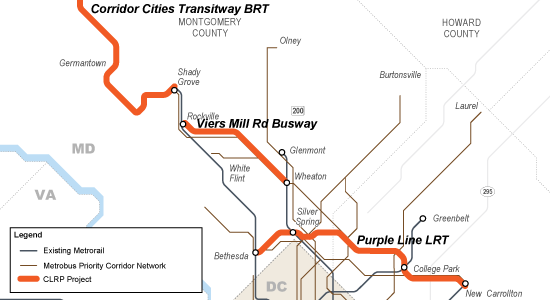
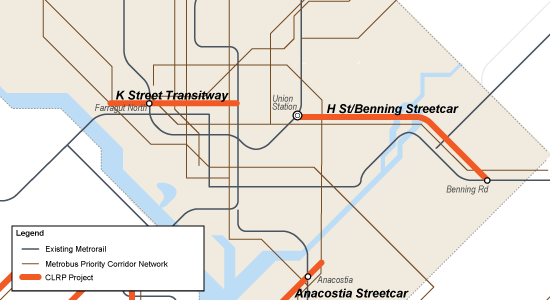
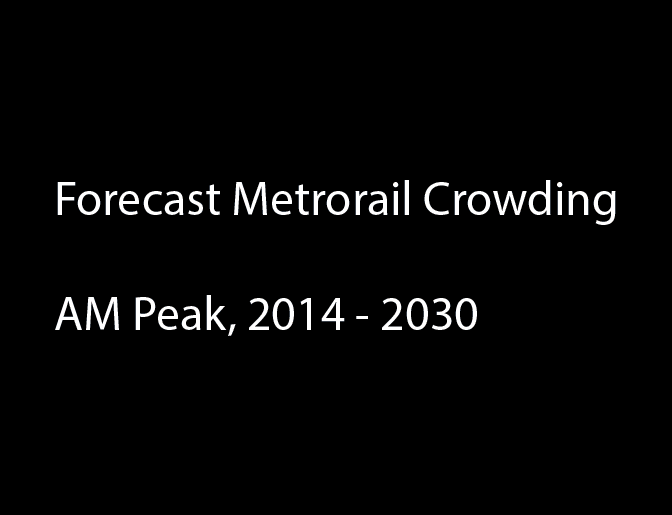
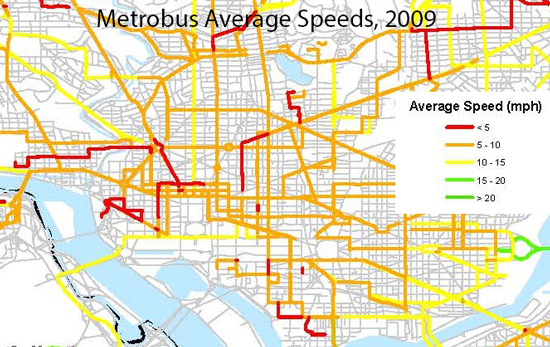


Recent Comments